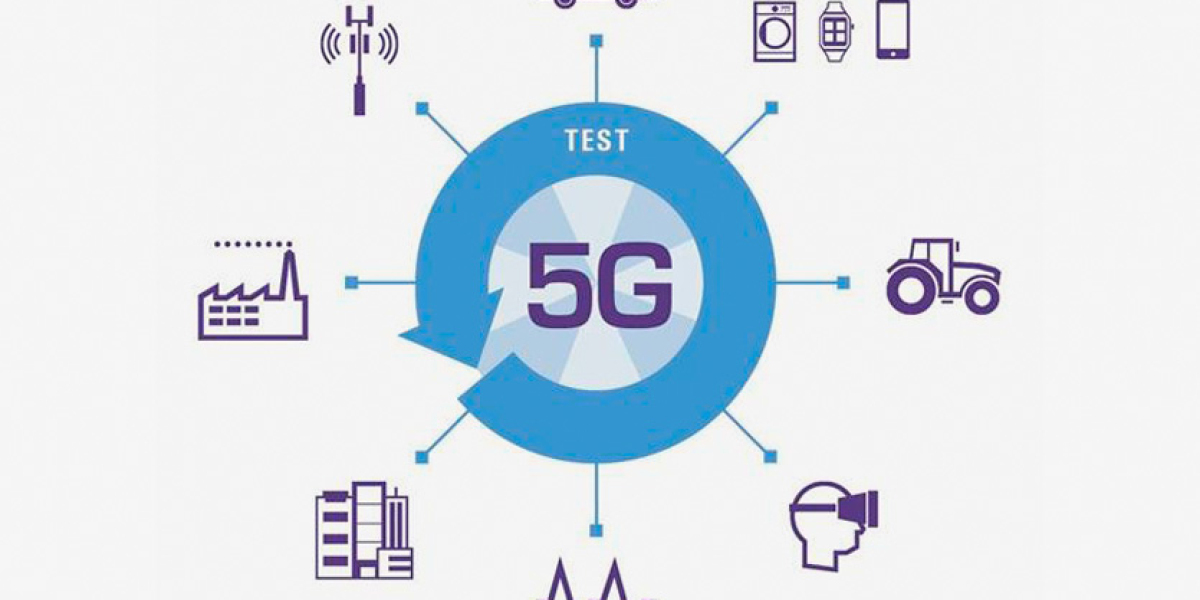The competitive dynamics of the American 5G landscape are a constant battle for dominance, with US 5G Service Market Share being the ultimate measure of success. In the telecommunications industry, market share is traditionally measured by the number of subscribers, but in the 5G era, it has become a more nuanced metric that also includes network coverage, performance, and the adoption of new services. The fight for every percentage point of this share is incredibly fierce, as the total market is expanding at a remarkable rate. The industry is projected to grow from a substantial $45.2 billion in 2024 to a massive $250.5 billion by 2035, driven by a powerful 16.8% CAGR. This rapid growth means that capturing and holding market share is critical for long-term profitability and leadership.
The current market share narrative has been largely shaped by the strategic decisions made around mid-band spectrum. T-Mobile's acquisition of Sprint gave it a significant head start, allowing it to rapidly deploy its "Ultra Capacity" 5G network on its 2.5 GHz mid-band frequencies. This enabled T-Mobile to claim an early lead in both the geographic reach and performance of its mid-band 5G network, which it has successfully leveraged in its marketing to attract new subscribers and gain market share from its rivals. This "first-mover" advantage in the crucial mid-band layer has put significant pressure on its competitors and has been a key factor in reshaping the competitive balance of power in the US wireless industry over the last few years.
In response, Verizon and AT&T have been aggressively fighting to reclaim market share by deploying their own mid-band spectrum, acquired at great expense in the recent C-band auctions. Both carriers are now in a race to build out their C-band coverage to match and eventually surpass T-Mobile's footprint. Their marketing efforts are heavily focused on highlighting the performance of their newly expanded mid-band networks and demonstrating their value to both existing and potential customers. This intense period of network build-out and competitive marketing is defining the current phase of the market share battle, with all three carriers vying for the perception of having the nation's best and most reliable 5G network, which is a critical factor in consumer choice.
Looking ahead, the definition of market share in the 5G era will continue to evolve beyond just smartphone subscribers. The growth of 5G Fixed Wireless Access (FWA) for home internet is creating a new and important battleground for market share, measured in broadband households. Furthermore, as the enterprise market matures, market share will also be measured by the number of private 5G networks deployed and the total number of connected IoT devices on each carrier's network. The carrier that can successfully capture a leading share across all these diverse segments—consumer mobile, home internet, and enterprise IoT—will be the one that truly dominates the 5G landscape of the future.
Explore Our Latest Trending Reports:
Open Source Intelligence Market








